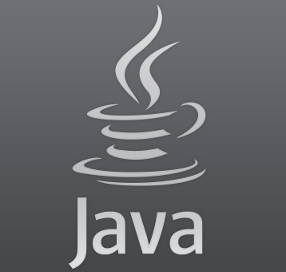A quick tip for use in terminal:
# print string auth
echo -n "dummyuser:MyPassword" | base64
# Unix terminal (basic auth, doing http request with GET method)
curl -X GET \
-H "Content-Type: text/xml" \
-H "Authorization: Basic ZHVtbXl1c2VyOk15UGFzc3dvcmQ=" \
"http://dummyserver:5000/dir/wsdl?p=ic/6e7abd99891231jij123ndb769978566c470"
# Unix terminal (basic auth, doing http request with POST method to send payload from file)
curl -X POST \
-H "Content-Type: application/soap+xml" \
-H "Authorization: Basic ZHVtbXl1c2VyOk15UGFzc3dvcmQ=" \
-d @./request.xml \
"https://dummyserver:50001/XISOAPAdapter/MessageServlet?senderParty=&senderService=SYS_LEGACY&receiverParty=&receiverService=&interface=BookingFlight_Out&interfaceNamespace=http://LGCY/namespace"
# Unix terminal (basic auth, doing http request with POST method)
curl -X POST \
-H "Content-Type: text/xml" \
-H "Authorization: Basic ZHVtbXl1c2VyOk15UGFzc3dvcmQ=" \
-d "<soapenv:Envelope>....ommited lines </soapenv:Envelope>" \
"https://dummyserver:50001/XISOAPAdapter/MessageServlet?senderParty=&senderService=SYS_LEGACY&receiverParty=&receiverService=&interface=BookingFlight_Out&interfaceNamespace=http://LGCY/namespace"
# Windows Powershell (basic auth, doing http request with GET method)
$Username = "dummyuser"
$Password = ConvertTo-SecureString "MyPassword" -AsPlainText -Force
$Credential = New-Object System.Management.Automation.PSCredential ($Username, $Password)
Invoke-RestMethod -Uri "http://dummyserver:5000/dir/wsdl?p=ic/6e7abd99891231jij123ndb769978566c470" -Method GET -Credential $Credential
# Windows Powershell (basic auth, doing http request with POST method to send payload from file)
$base64AuthInfo = [Convert]::ToBase64String([Text.Encoding]::ASCII.GetBytes("dummyuser:MyPassword"))
$headers = @{
Authorization = "Basic $base64AuthInfo"
"Content-Type" = "text/xml"
}
Invoke-RestMethod -Uri "https://dummyserver:50001/XISOAPAdapter/MessageServlet?senderParty=&senderService=SYS_LEGACY&receiverParty=&receiverService=&interface=BookingFlight_Out&interfaceNamespace=http://LGCY/namespace" -Method Post -Headers $headers -Body (Get-Content -Path "request.xml" -Raw)
Bye!








